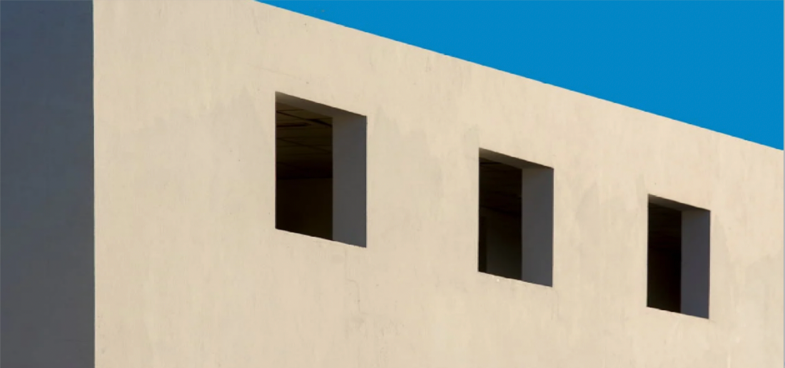Call us 8.30am-5.30pm 01760 441423
Email us any time: [email protected]

How Smart Design Can Transform Construction Projects and Minimise Costs
New approaches and technological developments in the construction industry influence management, execution, and project planning. One of the main innovations of recent years is smart building design. Smart design enhances construction and project success through innovative technology, environmentally friendly approaches, and effective planning. Better buildings and reduced costs let developers maximise their investment.
Cost reduction through smart design
Cost-cutting without compromising quality is crucial in any building project. Smart design helps to achieve this aim through cost control and project process simplification. One such tool is advanced BIM tools. For better visualisation and planning, BIM lets engineers and architects create exact 3D models of buildings. Reducing mistakes helps to save expensive project rework requirements.
Partnering with innovative vendors like jpconcrete.co.uk ensures that materials are sustainable, reasonably priced, and lasting. Combining these factors will drastically lower long-term and starting maintenance expenses, saving developers and builders money.
Sustainable materials and energy efficiency
Using sustainable materials and energy-efficient technologies helps smart design enhance building projects. Sustainable building materials help reduce construction's environmental impact through recycled concrete or sustainably obtained timber. Usually cheaper than conventional materials, these help to save project expenses. Solar panels, geothermal heating, and smart lighting can be included in material choices to cut running costs. These fixes save energy use and raise structural sustainability.
Emphasising sustainability and getting government subsidies or tax exemptions will help developers cut project expenses. Sustainable building approaches are gaining popularity to satisfy the demand for green buildings and reduce costs. As the industry gets green, smart design maintains projects competitive in cost and marketability.
Precast concrete speeds construction and cuts costs
Precast concrete allows smart design to save money as well. Less waste and better accuracy made possible by off-site precast concrete components help to offset on-site building costs. Because components are shipped ready to assemble, this approach cuts building time. The efficiency of prefaced concrete reduces delays and labour expenses, thereby helping to control budgets.
New materials and techniques used in smart design help to cut building costs and accelerate development. Precast concrete reduces costs and offers structural stability for infrastructure and large-scale building projects.
Modular construction improves efficiency and reduces waste
Another clever design element is modular construction. In modular construction, prefabricated modules—built off-site—are supplied to the project site for assembly. This building method is popular due to its quickness and financial savings. Most work is done in a controlled atmosphere, so weather-related delays and other disturbances are reduced, producing more consistent project schedules.
Modular buildings waste less time and resources. By using more exact materials, the manufacturing environment lowers surplus and material costs. Without sacrificing quality, modular buildings can increase production and help keep expenses low.
Conclusion
Smart design minimises mistakes and rework for building projects using sustainable materials to lower long-term costs and better planning tools. Smart design can improve building cost savings, sustainability, and construction efficiency. Those who embrace these innovative ideas will lead the sector and help to define the direction of building.
Image attributed to Pexels.com
